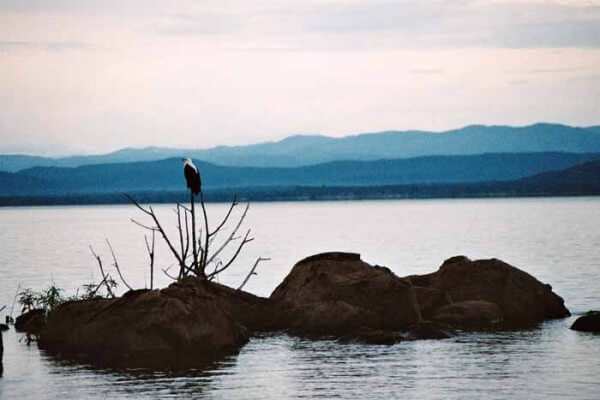Cape Agulhas Lighthouse is located in the rocky headland of Cape Agulhas (also known as ‘Cape of Needles’) in the Western Cape of South Africa, the southernmost point of Africa. It was the third lighthouse constructed in South Africa, and is the second oldest that is still in operation, after Green Point. It is situated on the southern edge of the L’Agulhas village in the Agulhas National Park, and is operated by Transnet National Ports Authority.
Cape Agulhas is the official diving point between the Atlantic and Indian Oceans. Historically, the cape has been known to sailors as a big danger on the traditional clipper route, and is often considered one of the Great Capes. It was most frequently known in English as ‘Cape L’Agulhas’ up until the 20th century. The lighthouse was suggested in March 1837, by Colonel Charles Collier Michell, the Surveryor-General of the Cape.
In Cape Town on 11 July 1840, a public meeting was held in order to raise funds for the building of the lighthouse. During this meeting, Michiel van Breda, the founder of Bredasdorp, generously offered to donate the land on which the structure would be built. Aside from local donations, contributions were also received from places such as Bombay, Calcutta, Madras, Manila, St Helena and London. By June 1843, a total of R23,312.63 was raised.
The lighthouse is comprised of a round tower that is 27 metres in height, painted a solid red with a thick band of white in the middle. It is connected to the house of the lighthouse keeper, which now holds both a museum and restaurant. The structure’s design was inspired by the Pharaohs of Alexandria. The focal plane of the light is 31 metres above high water and rotates, giving off a single bright, white flash every five seconds.
Unlike its more well-known relative, the Cape of Good Hope, Cape Agulhas is relatively simple, made up of a gradually curving shoreline and rocky beach. The waters of the Agulhas Bank off the shore are rather shallow, but are extremely popular as one of the finest fishing grounds in all of South Africa. The rocks that make up Cape Agulhas belong to the Table Mountain Group, frequently loosely known as the Table Mountain sandstone. They are closely joined to the geological formations exposed in the remarkable cliffs of Table Mountain, Cape Point and the Cape of Good Hope.
The climate of the area is very mild, with no extremities in temperature or rainfall. According to South African National Parks, who manage the nature reserve, the average yearly rainfall is between 400-600 millimetres and mostly occurs during wintertime. The sea just off of Cape Agulhas is infamous for its winter storms and gigantic wild waves, which can reach up to 30 metres in height and have the ability to sink even massive ships. These conditions are the result of a variety of factors.
The naturally strong winds which blow from west to east, and the cold Antarctic Circumpolar Current which runs in the same direction, meet with the warmer Agulhas Current in the area of the cape. These conflicting water currents are of different densities, and with the west winds blowing against the Agulhas Current, can form extremely dangerous wave conditions which are only further exacerbated by the shallow waters of the Agulhas Bank (a wide, shallow area that extends 250 kilometres south from the Cape, then quickly drops into the abyssal plain).






0 Comments